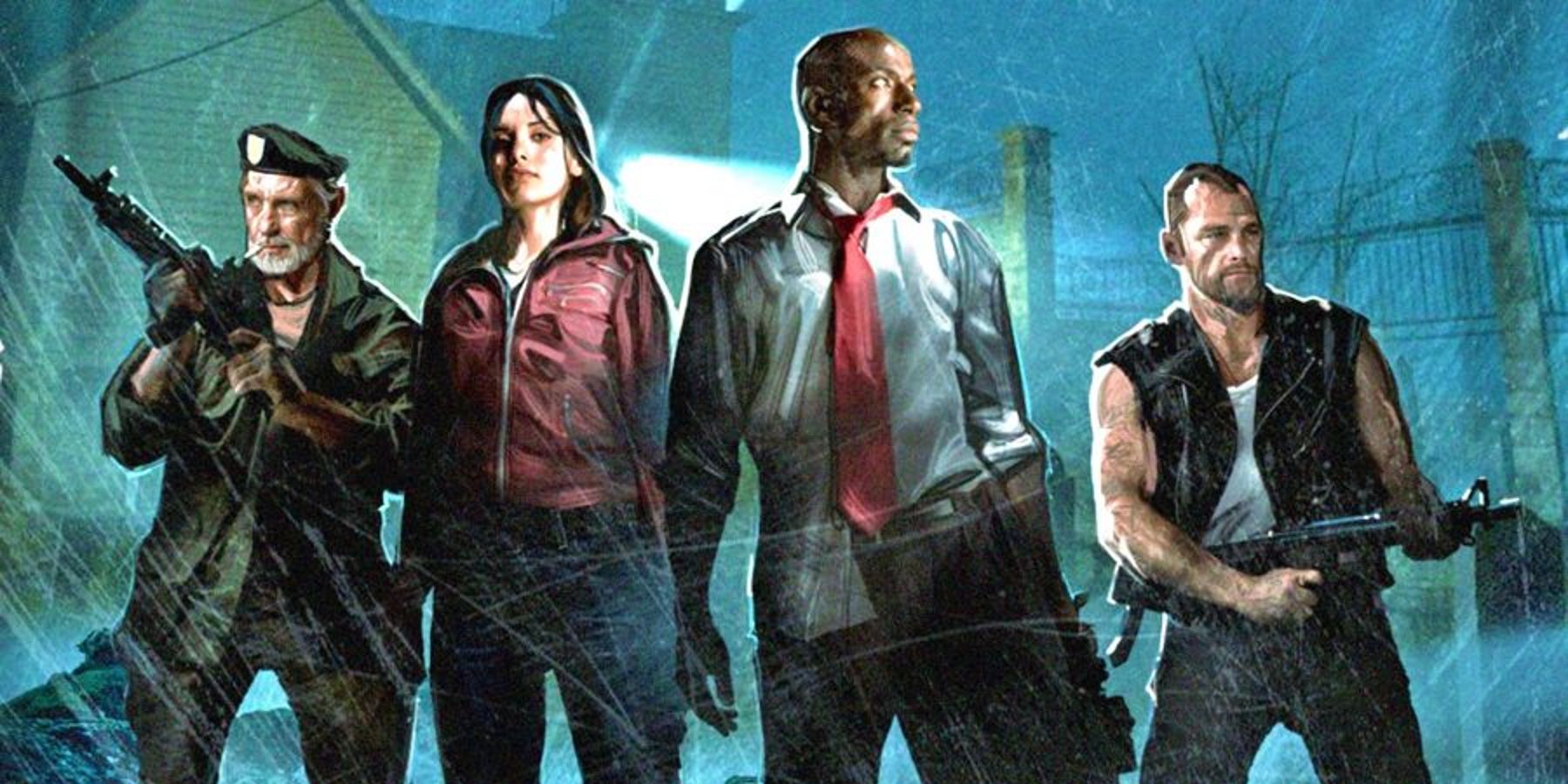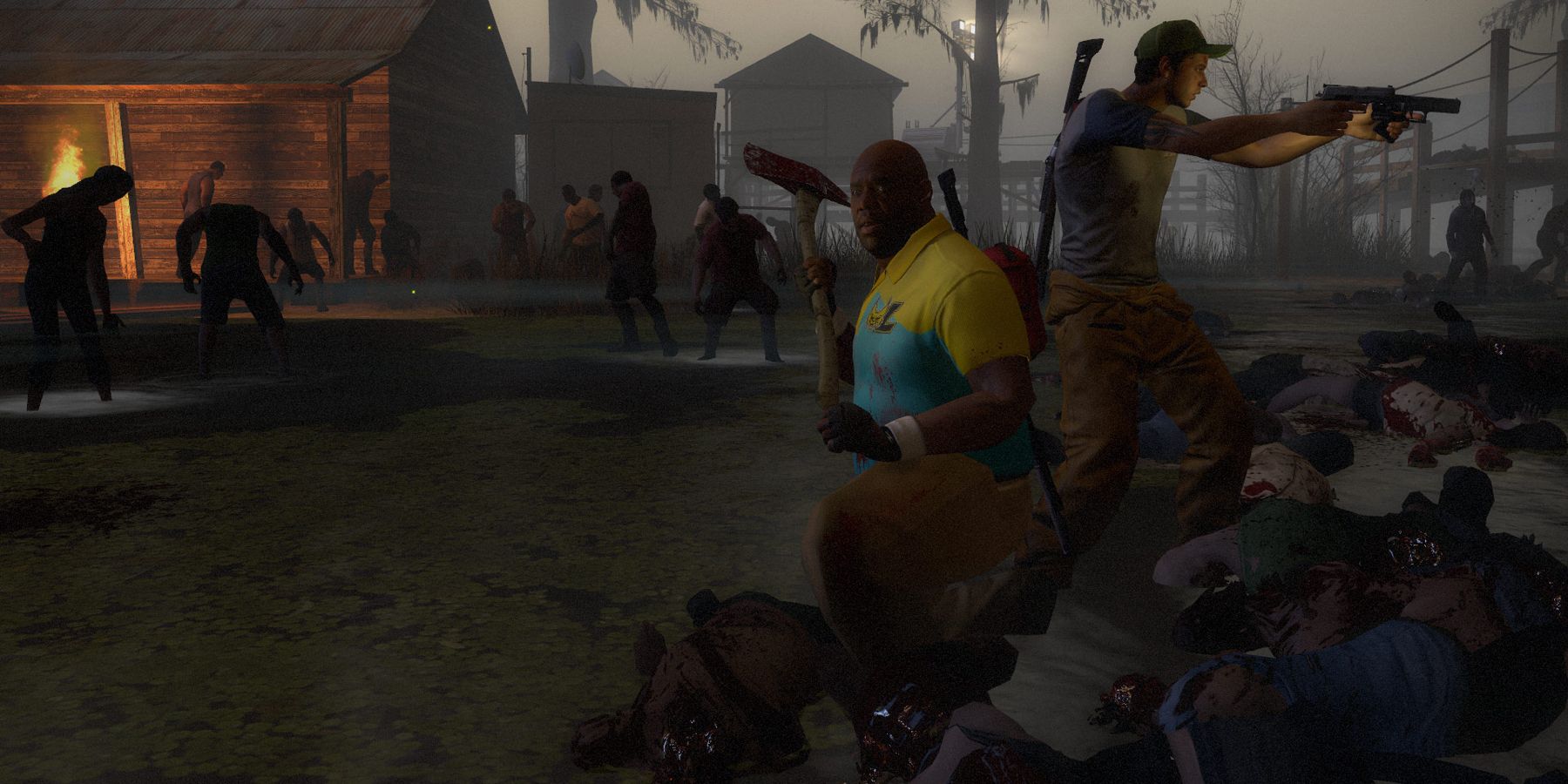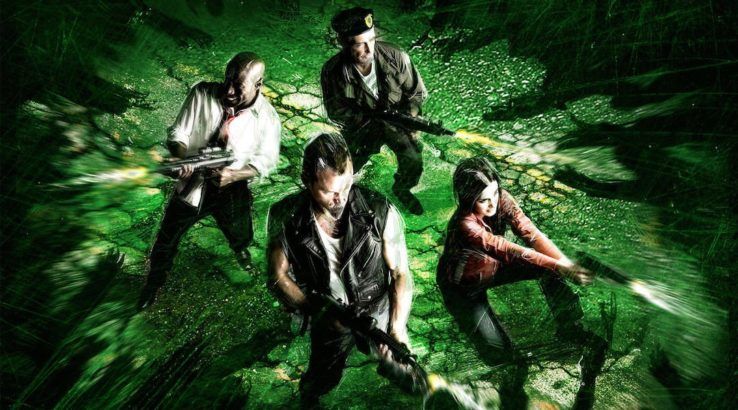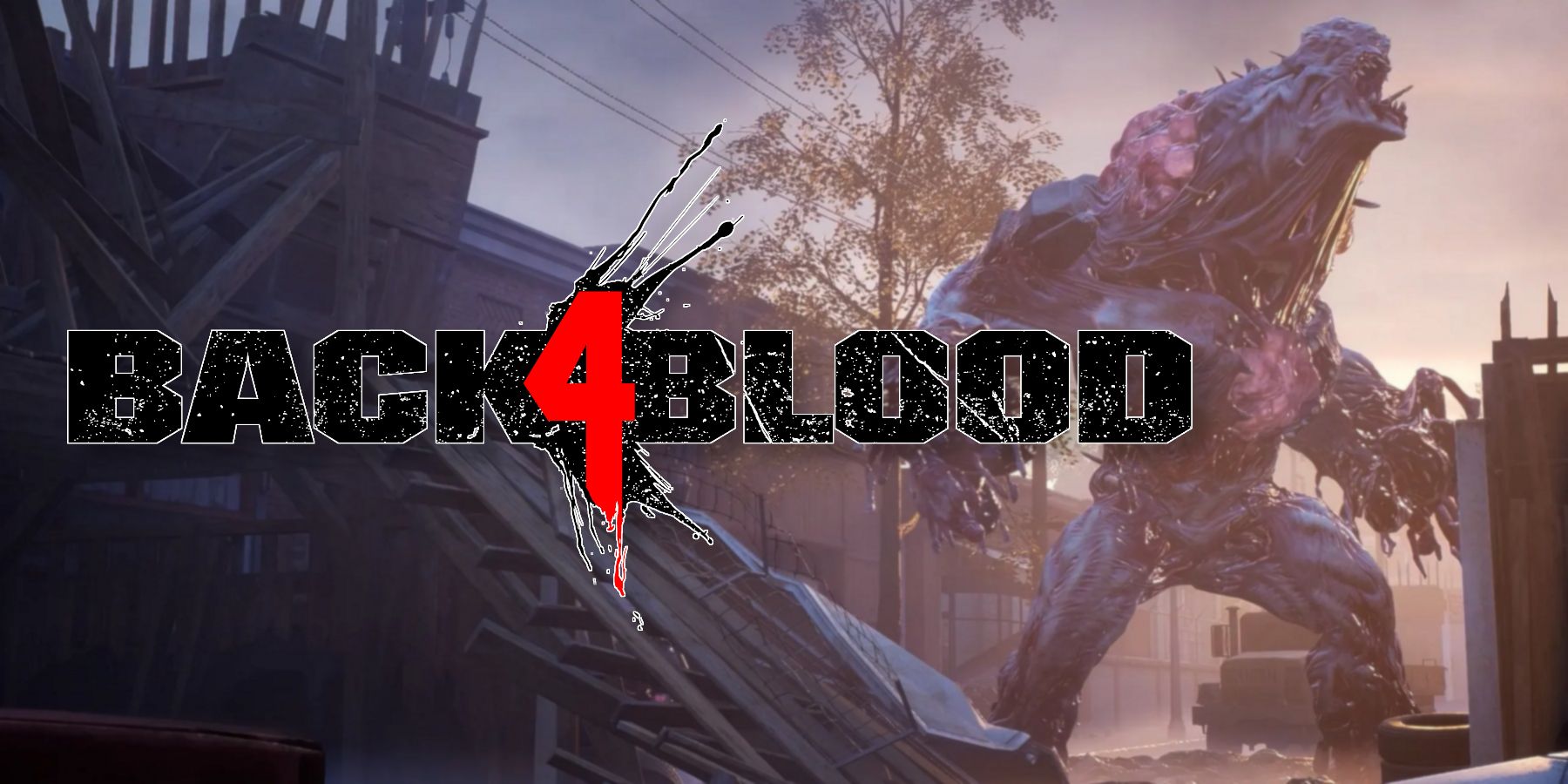Left 4 Dead was released on November 17, 2008, but many game companies have struggled to replicate its success in the years since. Back 4 Blood has come closest to recreating the feel and design of Left 4 Dead, and though the game performed well critically it didn’t quite live up to expectations. Left 4 Dead 2 has managed to out-compete Back 4 Blood in terms of player count despite Left 4 Dead 2 releasing over a decade ago.
On the surface, Left 4 Dead has a simple premise: four friends work together to survive zombie hordes and eventually escape via a climactic ending. However, game design elements encourage teamwork and create horror suspense, allowing players to experience the game how creators intended. Few other games have successfully matched the same energy.
Left 4 Dead Forces Players to Work Together
The team at Valve understood a cooperative shooter would be the most enjoyable when players work as a team. This form of gentle incentive starts with enemy types and the game's artificial intelligence. Hordes of zombies encourage survivors of Left 4 Dead to stick together, and special variants like Hunters and Smokers make it nearly impossible for a player to survive without teammates. The attacks of these variants immobilize the player and cause massive damage, with the only way to escape being if another teammate comes in to rescue the player.
Enemies and resources are procedurally generated in Left 4 Dead, which adds an element of unpredictability. Resources such as ammo and weapons are sparse, and players can only hold one medpack and bottle of pain pills at a time, but players can also choose to use healing items on other survivors. However, there’s another layer of game design that makes all these elements work together: the Director AI. The Director AI in Left 4 Dead tracks how well players are performing and adjusts horde, variant, and resource frequency to increase difficulty if the players are performing too well, or decrease the difficulty if the players aren’t being challenged enough.
Valve Creates A Horror Game With Suspense
Suspense is one of the greatest tools of the horror genre, and Left 4 Dead created many ways to increase or decrease the level of suspense as games progress. The strongest elements used in Left 4 Dead are map design, music/sound effects, and pacing.
Left 4 Dead utilizes its dark environment in two significant ways. First, light sources are carefully placed to direct the player toward safe zones, which is a trick used by other games including Alan Wake, F.E.A.R. and The Evil Within. Yet dark places usually contain useful resource drops that reward players for going off the beaten path. The psychological effect of darkness in games also ramps up suspense, because dark spaces create a sense of danger. The flashlight on all weapons allow for better navigation, but having an entire team with flashlights makes the environment more visible, once again encouraging teamwork. Darkness in Left 4 Dead is most effective when used in the right place on a map, like the confined tunnels of a subway station in the “No Mercy” campaign, or in the middle of a corn field in “Blood Harvest."
Left 4 Dead's creepy nature is increased further when its dark environments are paired with well-tuned sound design. Most special zombie variants have custom sound effects that let the player know it's nearby, probably the most notorious of these sound effects is the sobbing of the Witch special zombie variant that's usually found in the darkest places.
Sound design goes a step further with another Director AI called the Music Director. This AI controls what music is being played in the game and when, helping control the level of suspense. There’s usually little sound when suspense is supposed to be low, then a music track starts when a horde or special variant is nearby, and another plays when players are in the middle of a fight. On top of all this, all variants have their own dedicated music themes that make each special zombie encounter feel unique, like when the Boomer explodes and covers a survivor in puke, or when a Tank crashes into the scene.
If a player is constantly being chased or attacked by zombies, the experience quickly loses its impact and can even start to feel repetitive. Therefore, most effective horror games follow a blueprint of rising suspense, followed by a peak in tension, then a moment of peace. Each chapter of Left 4 Dead was created with these steps in mind. The AI Director adjusts combat pacing as needed, so every large battle has a build-up, peak, and resolution. This concept is perhaps best seen in the use of safe houses at the end of every chapter, where there is usually a massive battle waiting for players before they can safely escape and regroup. Many other horror games also use a safe house to establish pacing, notably in Resident Evil 4.
Why Other Games Fail to Live Up to Left 4 Dead
There was a tremendous amount of hard work that allowed Left 4 Dead to maintain such a hold on gamers. All the tools at work behind the scenes in Left 4 Dead are so well camouflaged that they’re only noticeable when looking at the game’s design closely, and this type of camouflage is a task that requires immense skill.
Games that come close to grasping this success are typically created by studios or developers who have worked on Left 4 Dead titles. The balance of Left 4 Dead's gameplay and co-op elements is so fragile that if a developer wanted to involve another factor, as is the case with Back 4 Blood's Card Progression system, it would make these behind-the-scenes tools noticeable and shift focus away from the game’s cooperative shooting.
Thanks to the efforts of its modding community, Left 4 Dead 2 still has a strong player count. Other Left 4 Dead-inspired games that have been announced like Redfall and Anacrusis show potential, but they also demonstrate characteristics that make Left 4 Dead a masterpiece.
Left 4 Dead is available now on PC.




